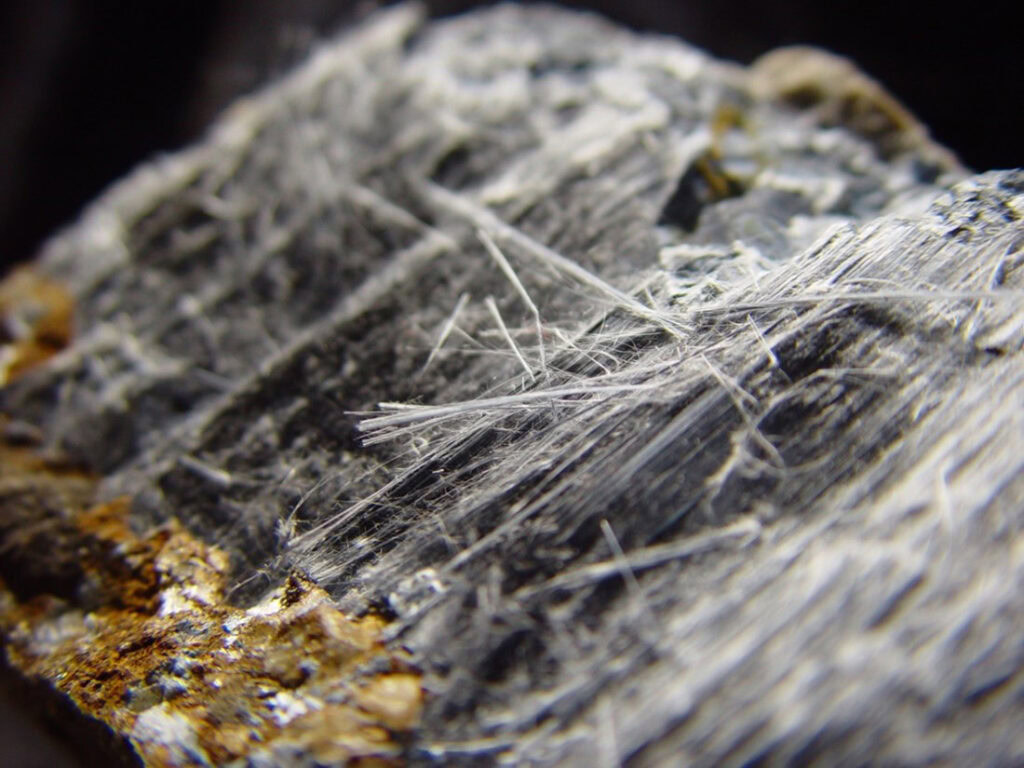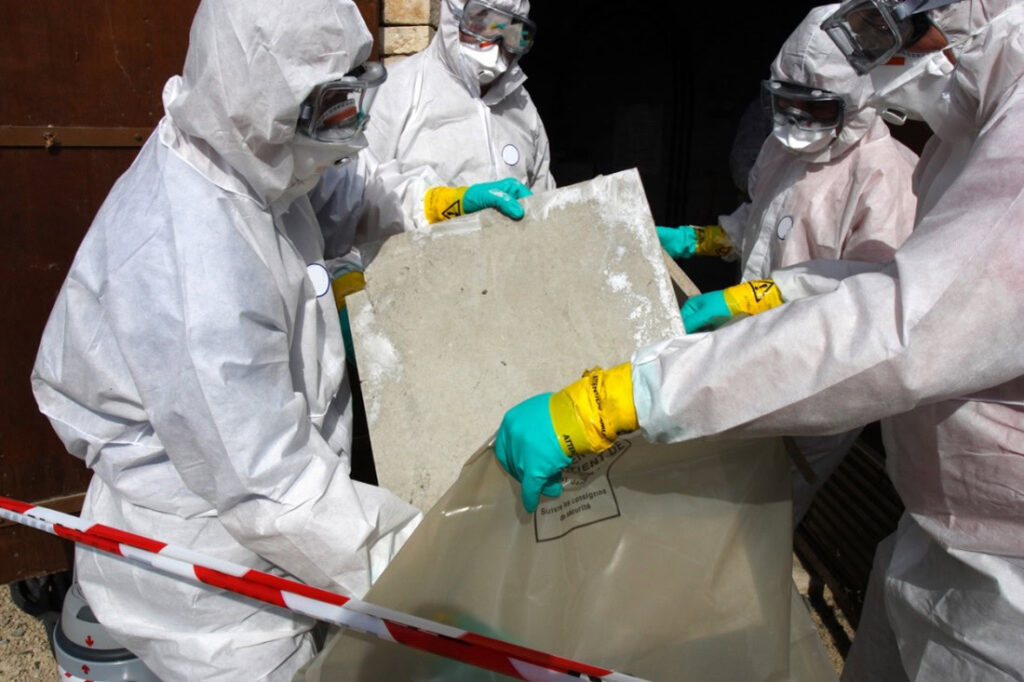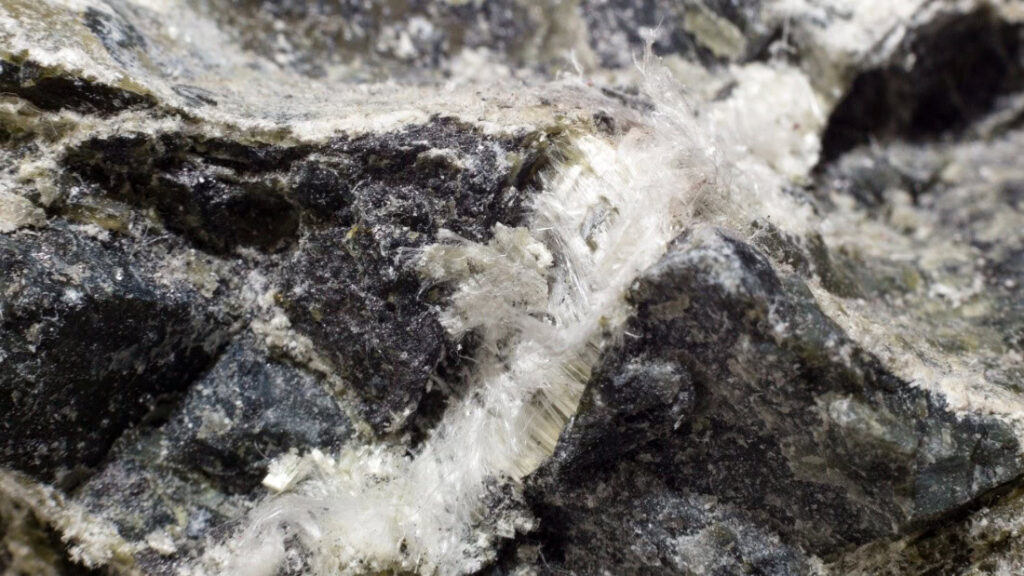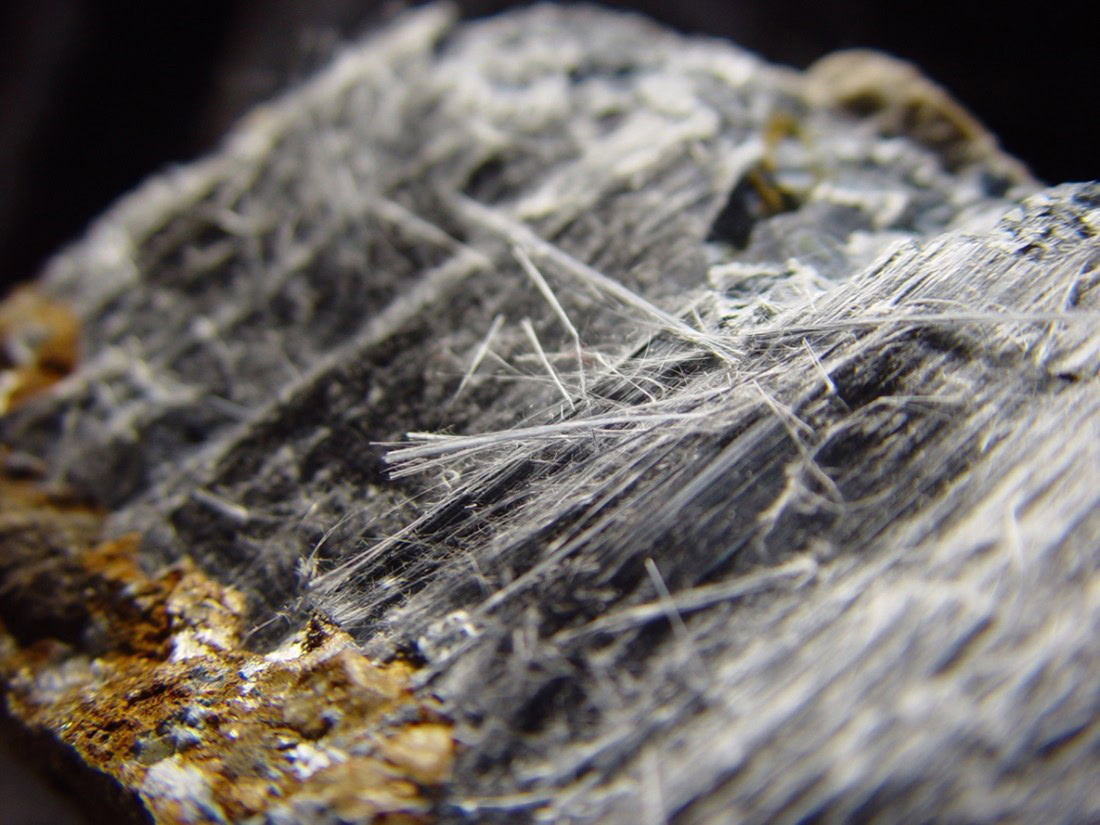If you absolutely must work with asbestos, you should follow certain rules and guidelines to ensure that you remain safe at all times. Asbestos is a dangerous material that, despite having a long history of use (dating back to around 4,500 years ago in East Finland and to about 400 BC in Ancient Greece), is known to also cause serious health problems.
Today, we’re taking a look at the precautions you should take when working with this material, including several ‘dos’ and ‘don’ts’ designed to protect you.

What Issues Does Asbestos Cause?
While this material is problematic, it’s usually harmless if not disturbed; once it’s touched or moved, though, it releases fibres that get into the lungs and damage them over time.
You can develop asbestosis, which is the scarring of the lungs due to prolonged exposure to asbestos. Symptoms include difficulty breathing, wheezing, a cough that won’t go away, chest and/or shoulder pain, fatigue, and even clubbed fingertips in some cases. It often takes decades for symptoms to first appear.
In addition to this, asbestos is also responsible for a rare cancer called mesothelioma, which affects the thin membranes of the chest and abdomen. Other cancers linked to asbestos include lung, ovary and larynx.
DO Get Suitable Training
The right asbestos training courses can go a long way to keep you safe. If you work on buildings built before 2000, don’t know the materials a building is made from and work with asbestos, for example, you can benefit from this type of training.
We provide:
- An Asbestos Removal course to teach you how to safely get rid of this material and make sure that everyone is protected.
- Asbestos Awareness training online which aims to make workers aware of the potential dangers of asbestos and the procedure you must follow, this course is offered online to make it more affordable and convenient.
- Duty to Manage Asbestos training that is ideal for anyone who requires an overview of the duty to manage legislative requirements.
Do Make Yourself Aware of the Risks
Understand the risks of working with asbestos, not just to yourself but also to your teammates. Awareness is the key to preventing exposure, so always be mindful of the potential for asbestos presence in your work environment. By staying informed and vigilant, you can help create a safer workspace where the health of all employees is prioritised and the risk of asbestos exposure is minimised.
DO Use the Correct PPE
This is a crucial step when dealing with asbestos. Due to the health problems you can develop if exposed to asbestos fibres, you must use adequate PPE and dispose of it correctly when you’re done.
Proper PPE includes disposable overalls a size too big to avoid ripping, worn over footwear and with the cuffs taped if they’re loose. You also need gloves and disposable boots, as well as the right respiratory protective equipment.

DO Use Non-Powered Hand Tools
By doing this, you won’t be generating as much dust when working with asbestos-filled materials. The fibres that cause health problems are contained in this dust, so it’s important to avoid them at all costs. The less you can disturb asbestos, the better.
Non-powered tools will also create bigger chunks that are easier to spot and clear away when compared to the finer pieces created with electric tools like drills.
DO Shower and Wash Your Hair After
Another step to stay safe is to make sure that you shower and wash your hair immediately after working with the material. Despite the PPE, fibres can get stuck to your hair and skin, so washing them away prevents you from breathing them in.
If you can shower on-site to avoid going home with potential dust or fibres on you, then take advantage of that opportunity.
Do Invest in Continued Learning
Attending asbestos training is just the beginning. Regularly apply what you’ve learned, share knowledge with peers, and adeptly handle challenging scenarios to enhance your expertise.
Don’t Saw, Drill, Hammer, Break, Cut, Move, or Damage Asbestos
This can lead to the release of dangerous fibres into the air, increasing the risk of asbestos inhalation which can cause serious health issues. You should always wait for a trained professional to verify the presence of asbestos and safely remove it.
DON’T Spread Debris Outside of Your Working Area
It’s also essential that you keep your working area isolated and be careful not to spread dust or chips of material to other zones. It can be more difficult to contain asbestos if the fibres start to go everywhere – if that happens, make sure to sweep everything up with a type H vacuum or wet rags to keep the spread to a minimum.

DON’T Remove Materials from the Work Area
It goes without saying that you should keep everything contained where you’re working as much as possible. This is to prevent asbestos material from being taken to secondary locations and causing harm to people who inhale its dust and fibres without knowing, for instance.
DON’T Dispose of Asbestos in a General Bin
To minimise people’s exposure to asbestos, it’s crucial that you dispose of it correctly. This means you can’t put it in a general bin, as dust can get out or spread to other places. Instead, make sure that the asbestos is taken to a landfill with a special permit to handle the material.
You may also be able to take it to a ‘normal’ landfill, but it must have an area separate from the rest to contain it. In short, only take asbestos to a site authorised to dispose of it.
DON’T Work with Asbestos if It’s Windy
Another tip that may seem obvious, but which should still be mentioned. If you’re removing asbestos outdoors, it’s crucial that you wait for good weather to avoid working in windy conditions, since this can spread dust and fibres everywhere, including on your PPE or skin.
Don’t Ignore Suspicion
If at any point you suspect asbestos presence due to labels or prior experience, don’t ignore the potential risk. Always consult an expert for verification and follow safety guidelines strictly.

There are many other dos and don’ts to follow if you want to have the peace of mind of knowing that you’re safe from this hazardous material, such as not eating in the area and making sure asbestos waste is, at least, double-bagged.
With our safety training services, including asbestos training courses, you’ll know everything there is to know about identifying asbestos, you’ll be aware of its dangers, you’ll learn how to handle it, and more.
We’re on hand to answer any questions you may have about our courses, so get in touch today, and we’ll be happy to help.

